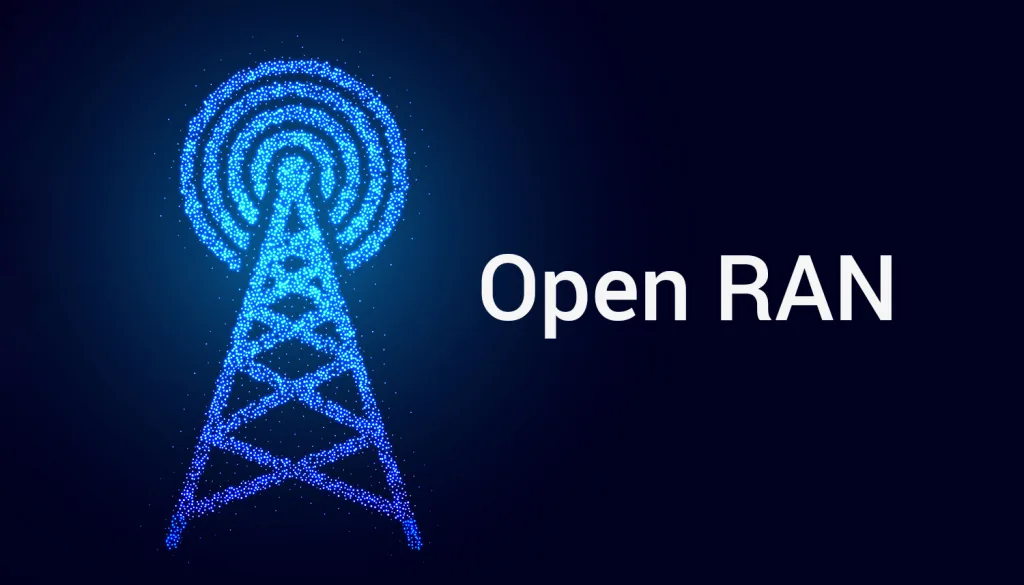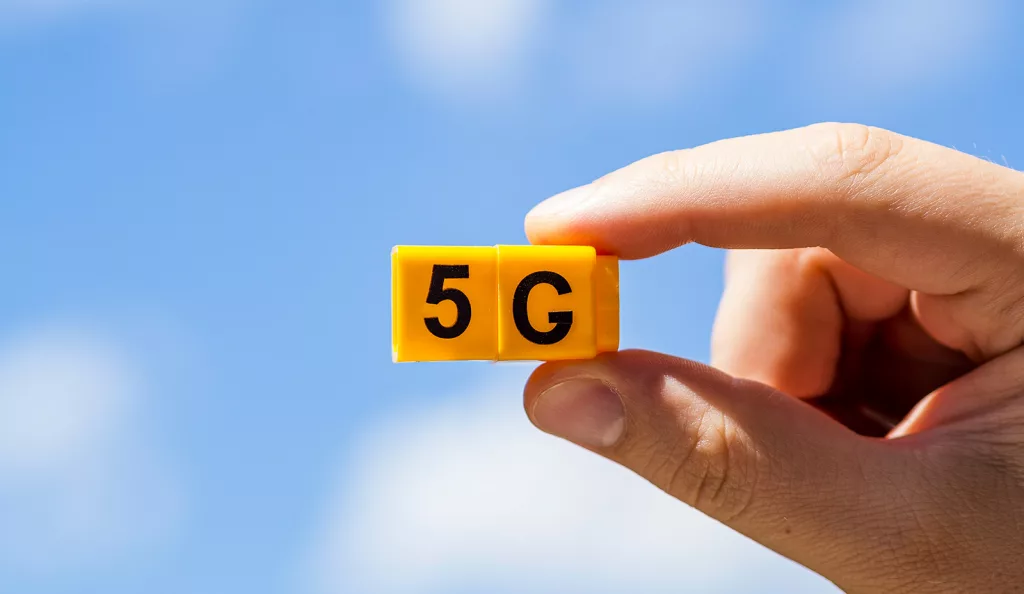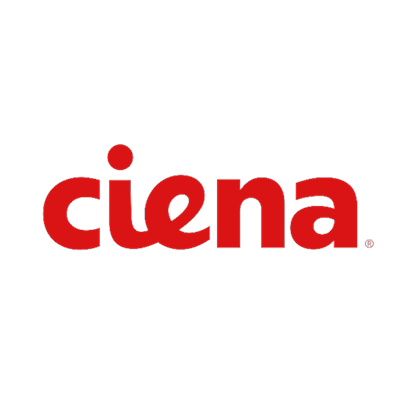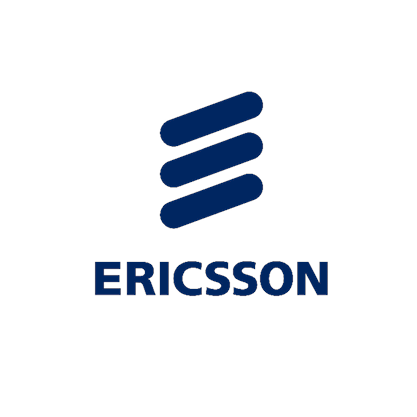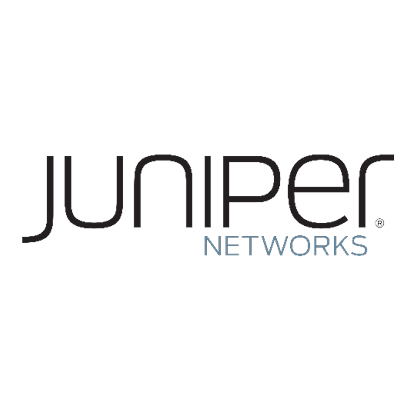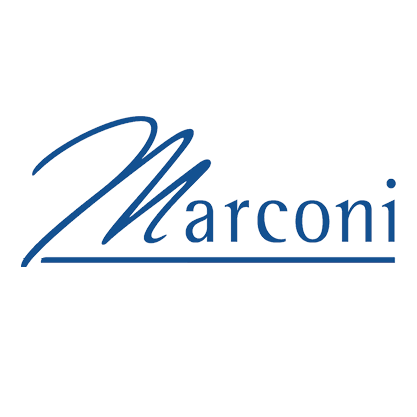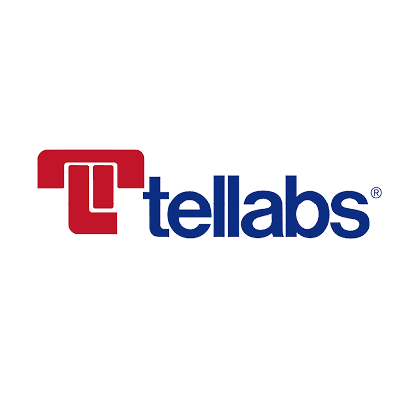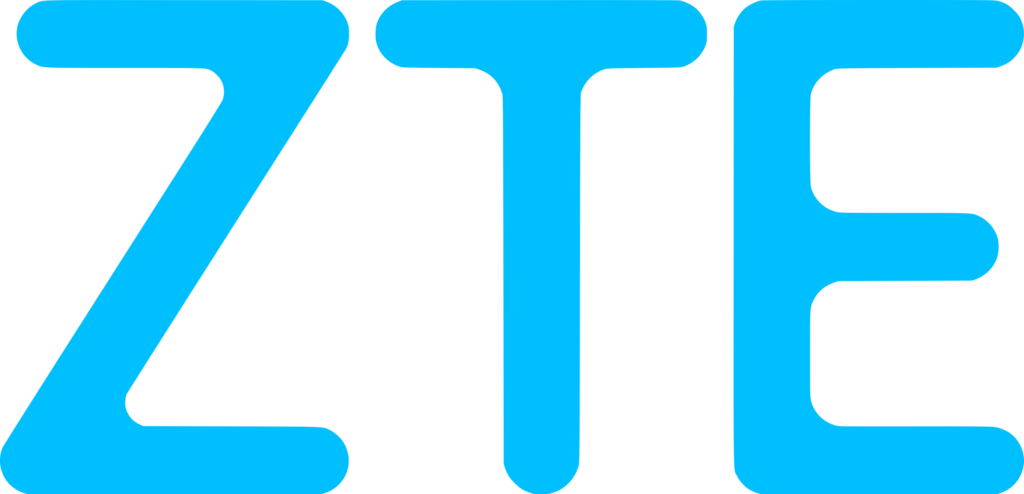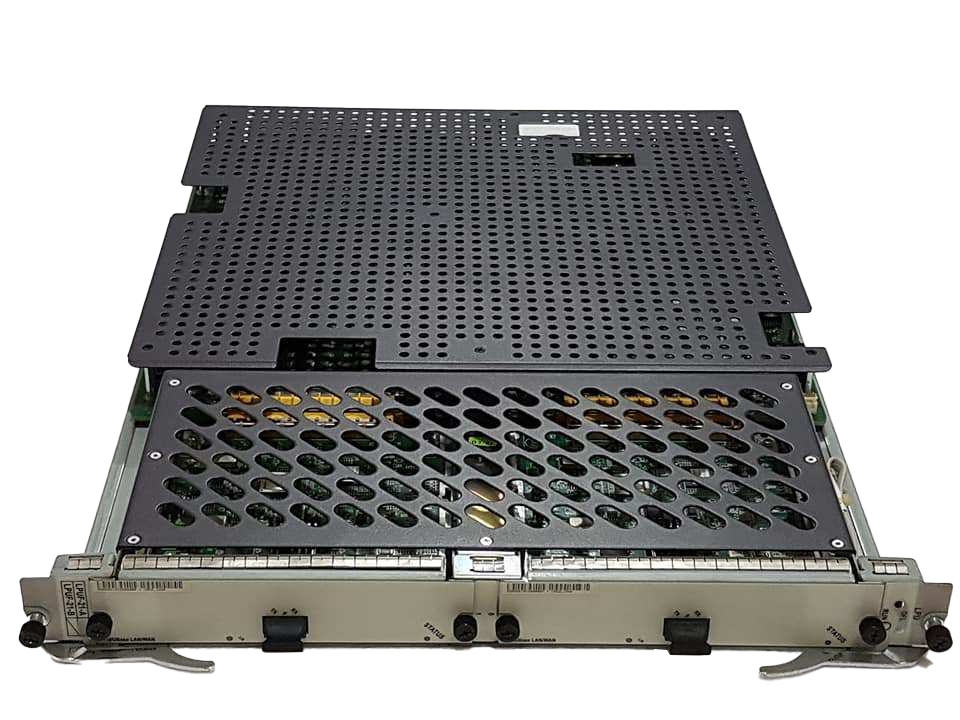As technology has progressed over time, transceivers too have improved drastically. They are now very popular within telecommunication networks across the world because of their range of capabilities and ease of use.
The rate speed of optical transceivers is increasing all the time, meaning that networks can perform faster than they have done previously. With emerging technologies such as 5G and Internet of Things (IoT), this is more important than ever.
In this article, we dig deeper into what optical transceivers are, how they are used and the different formats the modules come in.
What Is an Optical Transceiver?
Optical transceivers are small, powerful devices that can transmit and receive data. In fiber optics, data is sent via an optical fiber in the form of pulses of light. This data travels at very high speeds and across extremely long distances.
The transceiver is an important part of a fiber optic network because they are required to transport high levels of data traffic. It can be plugged into or embedded into another device within a data network that can send and receive a signal.
There are many different types of optical transceivers, coming in a variety of shapes and sizes. But before we get into the different types, first we need to understand what optical transceivers are used for.
What Are Transceivers Used For?
Optical transceivers are a very important part of telecommunications networks. They allow switches, routers and the whole network to operate smoothly and efficiently. The modules are used to support insertion and removal of fiber optic connectors, allowing flexibility in altering and updating networks.
In the past, optical transceivers have been used for operators’ routers and transmission systems. As industry standards change and next-generation Ethernet products develop, optical transceivers are needed to meet the long-term technical requirements for future high-performance data centres.
Today, optical transceivers are widely found in wired networking applications such as Ethernet, Synchronous Optical Networking (SONET)/Optical Transport Network (OTN), Common Public Radio Interface (CPRI), InfiniBand and Fibre Channel.
The Different Types of Transceivers
SFP
Small Form Factor Pluggable (SFP) transceivers are used for data communication applications. Working with a high density of ports, they are the most popular optical transceiver format. These small devices plug into a switch slot and connect a single network device to a wide variety of fiber cable types.
SFPs convert serial electrical signals to serial optical signals, such as Ethernet, single-mode fiber, SONET and multi-mode fiber. Due to their compact size and being hot-swappable, these transceivers allow flexible and easy modifications to networks.
SFP+
SFP+ transceivers are an enhanced version of SFPs. They have the same size and appearance but SFP+ provides a high-speed serial link at 9.95 to 11.3Gbps signalling rates. SFP+ transceivers carry more data and are commonly used with Ethernet connections or 10Gbps fiber.
XFP
XFP transceivers have been used since 2002. Still popular in legacy networks, XFP are high-performance receivers requiring very little power. XFP modules use a LC fiber connector to achieve higher density.
XFPs can operate over a single wavelength or use dense wavelength-division multiplexing techniques. These transceivers can work with 10Gbps connections for SONET, fiber and Ethernet.
QSFP
GSFP stands for Quad Small Form Factor Pluggable. These transceivers are available with a variety of transmitter and receiver types, meaning that you can choose the right one to suit your network needs.
Unlike SFPs, QSFP transceivers have four channels to receive and transmit. This allows for four times faster speeds than SFP modules can offer. A typical QSFP transceiver supports 40Gbps of data on SONET, Ethernet, fiber and InfiniBand.
QSFP+
GSFP+ is an evolution of QSFP. Unlike QSFP transceivers which support four times 1G, GSFP+ supports four times 10G. They are used to connect switches and routers.
CFP
CSP refers to C form-factor pluggables that transmit high-speed digital signals. It was designed from the SFP interface but the devices are much larger in size. This is so the modules can support 100Gbps.
CFP is a high-speed interconnect system primarily used in Wide Area Network (WAN), Metro, wireless base-stations, video and other telecommunication network systems. These transceivers ensure fast and reliable performance with less optical transmission impairments.
We Can Help with Your Optical Transceiver Needs
At Carritech we supply a wide range of optical transceivers for network, server and storage systems. Each product is subject to comprehensive testing to ensure that it will perform to meet the demands of live networks.
To view our stock, learn more about our transceiver products or enquire about purchasing, visit our optical transceiver page.
For more information about our other services, please get in touch with the team by calling (+44) 0203 006 1170 or emailing support@carritech.com.

